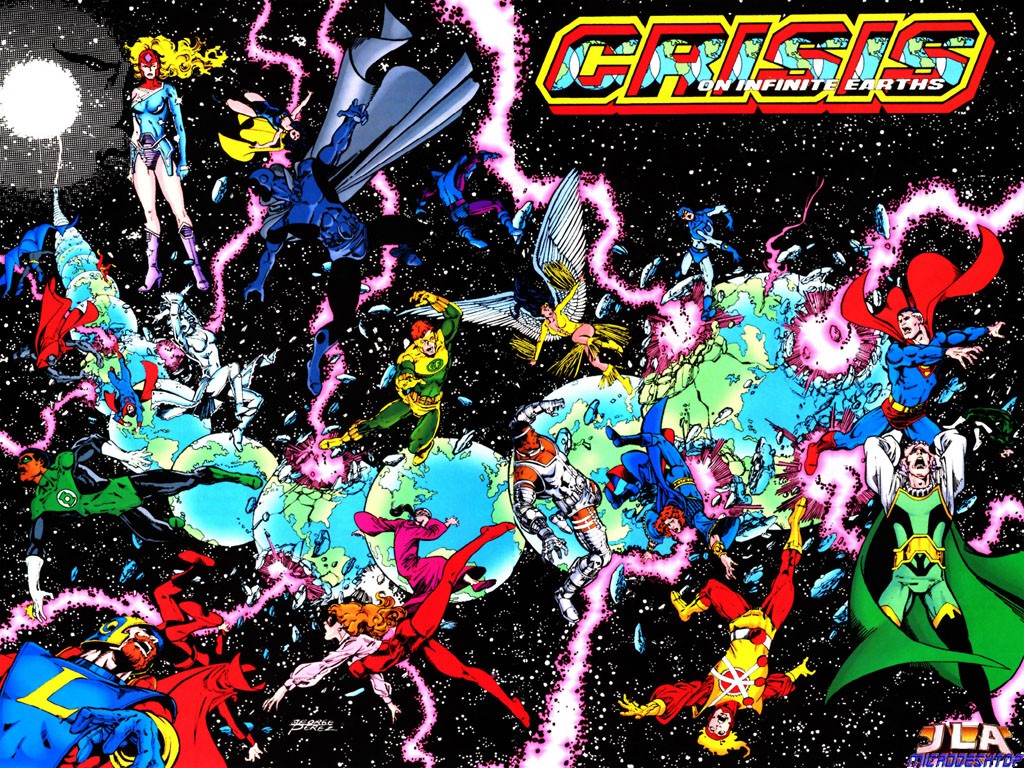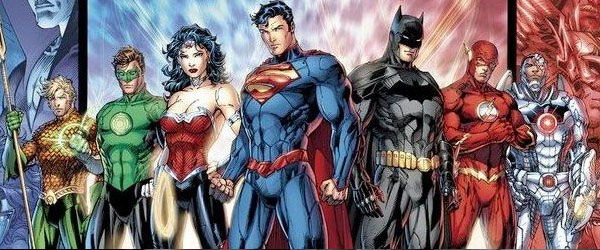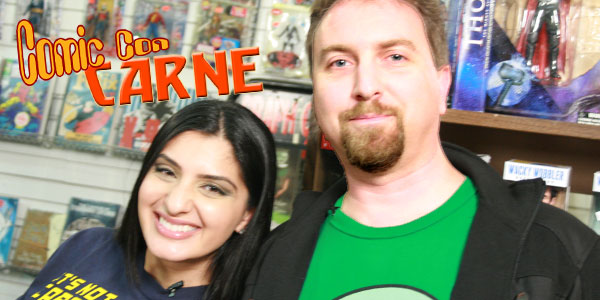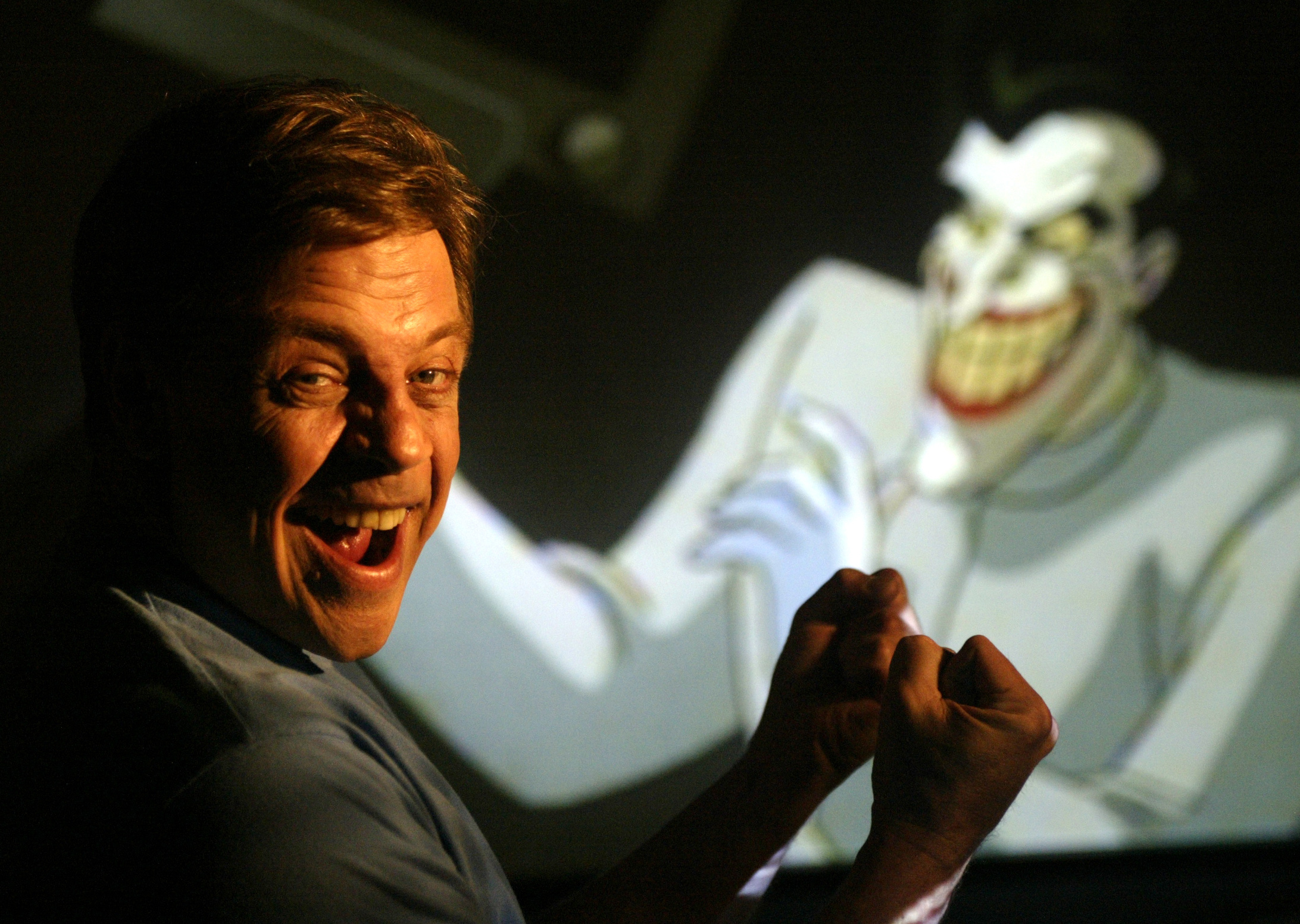Why New 52 is New Coke

With the release of Detective Comics #19, which should have been #900, the New 52 has hit somewhat of a milestone, in that it’s survived this long. So I thought I would opine a bit and share why I think the New 52 is like New Coke.
You remember New Coke, don’t you?
In the early 1980s, Pepsi was gaining market share in the grocery stores and supermarkets, and while Coca-Cola was still holding its own, the numbers were on the wall. If something wasn’t done soon, Pepsi would quickly be number one. So Coca-Cola took a gamble, and in 1985 introduced a new formulation of the classic soft drink. Calling it “New Coke” and blitzing the airwaves with commercials that featured Bill Cosby, they designed the new beverage based on all sorts of market tests that kept pointing to taste as the big factor as to why Coca-Cola was starting to lose.
[youtube=http://youtu.be/o4YvmN1hvNA]
>>>>>
[youtube=http://youtu.be/qfhFBTL-Xsw]
>>>>>
They even got Max Headroom in on the act:
[youtube=http://youtu.be/hKF1LdqmocE]
>>>>>
Well, New Coke turned out to be the loser. Big time.
New Coke lasted from April 1985 to July that same year. Only a few months, and Coca-Cola brought back the original formula with a new label: Coca-Cola Classic. Eventually New Coke became Coke II, and gradually Coca-Cola regained their market share. The mistake in the research was that no one accounted for the fact that Coca-Cola had spent years making Coke an integral part of … everything. Santa Claus wasn’t holding a Pepsi in that picture. Coke was in every part of the cultural mainstream for years, so when they put it away, the public cried “foul!” loud and long.
Now, there are those who believe that Coke did the whole thing on purpose, that there was a plan all along to restore the original formula and drive up sales in a big marketing scheme. Doubtful that anyone could come up with a plan that risky and expensive on purpose. But whether it was a plan from the beginning or just a big miscalculation, the New Coke initiative is considered one of the biggest marketing fiascoes of all time.
DC Comics is making the same mistake.
Consider this bit from Coca-Cola’s own entry about the history of New Coke: “In 1985, The Coca-Cola Company’s share lead over its chief competitor, in its flagship market, with its flagship product, had been slowly slipping for 15 consecutive years. The cola category in general was lethargic. Consumer preference for Coca-Cola was dipping, as was consumer awareness.”

The same could be said of the comics industry, with sales flagging. Comics were no longer readily available in convenience stores, grocery store magazine stands, and the various places you could find them in the 70s. Sales for Marvel titles were consistently higher for over a decade-long run, and despite the dustup over Peter Parker’s deal with the devil, it looked like Marvel would continue to dominate the industry. Couple that with consistent misses on the film and TV front (Superman Returns was a million-dollar fan film, nothing more; Green Lantern was a mis-cast mess; we won’t even talk about Wonder Woman from Kelley…), and DC is looking at a poor showing all the way around.
Enter New 52.
The origins of the “comic book event” could arguably be traced back to Crisis on Infinite Earths, when DC made its first effort to clean up continuity. The mess having been caused mainly by a combination of DC buying up smaller competitors along with writer in the early days not worrying so much about consistent plots, it became a large albatross around their collective necks. So the first Crisis was conceived — taking four years to plan and over a year to execute, with twelve main issues spinning off into various solo books throughout the year.

At the end of it all, we were left with one universe instead of a multiverse. And like any comic book death (save Uncle Ben’s), the death of the multiverse was only temporary. Crisis left its own continuity problems, and DC has been playing cleanup ever since, it seems. And with every attempt to clean up continuity — Infinite Crisis, Armageddon 2000, etc. — the comic book “event” became a big thing, too.
The New 52 has ostensibly been a way to provide a new “jumping on” point for new readers of DC titles, and along with everything else DC has tried over the past few years, it’s been received with mixed results. Indeed, just months after New 52 hit the shelves and boosted DC to #1 on the sales charts, they went back to #2 and stayed there.
Retailers will say that the New 52 was a shot in the arm for the entire industry, just as New Coke was. Sales for Marvel, Image, Dark Horse, IDW, Vertigo… all of them went up. As one retailer put it, “The New 52 gets ’em in the door, and we show ’em what else is out there.”
But it’s not enough that sales numbers improve. Despite DC’s best efforts, the New 52 continues to flail after nearly a year and a half, and it’s “success” can be mainly attributed to the events like “Night of the Owls” and “Death of the Family” — big cross-overs that go against what Dan DiDio said they were going to do for the first few years. And in the effort to keep fifty-two titles on the shelves, DC continues to cancel books with poor sales numbers in an example of “throw this at the wall and see if it sticks” mentality, not giving any non-Trinity title time to grow legs.
This underscores what many consider to be the main problem at DC Comics: interference and no sense of direction on the part of the editorial staff.
When Bob Harras was hired to be DC’s editor-in-chief in 2010, many comics fans were quick to point out that Harras was in charge of Marvel in the 1990s, when that publisher imploded and faced bankruptcy, resulting in the sell-off that put the Fantastic Four and X-Men movie rights with 20th Century Fox and Spider-Man with Sony.. indefinitely. The news of Harras’ hiring at DC was met with trepidation and scorn on the part of fans.

Then New 52 happened, and reaction to Jim Lee’s costume redesigns were just as negative. The Facebook poll DC put out about what they should change on New 52 invited a wealth of comments, almost all negative, and some even mentioning burning Dan DiDio in effigy. Many see DiDio, Lee, and Harras as the primary editorial members responsible for the New 52 mess. Oddly enough, there hasn’t been as much derision heaped on Geoff Johns, probably because his work on the Green Lantern titles continues to be good and in keeping with the GL stories pre-New 52.
But it doesn’t stop with the fans. After editorial has shuffled creative teams so many times, many of those same creatives are no longer at DC.
- John Rozum departed the now-defunct Static Shock title, and in a post on his blog, the writer finally spoke out about why he left the title: editorial interference and “…a lot of grasping at straws and trying to second guess what would keep it selling. It was decided that ‘bigger action’ on every page of every issue was the key.”
- Scott McDaniel, in his own comments about the demise of Static Shock, made the claim that Rozum was the one who was being difficult when McDaniel suggested big story arcs to maintain momentum and attract readers (and does this play into the notion that “Events” are the drive at DC?)
- George Perez left his Superman title after only six issues, claiming more editorial interference and a lack of communication on what was going on in Grant Morrison’s Superman run, thus insuring there would be continuity problems. “… I was made certain promises, and unfortunately not through any fault of Dan DiDio, he was no longer the last word, lot of people making decisions, going against each other, contradicting, again in mid story.” [Comics Alliance]
- Rob Liefeld, in a rather loud and candid diatribe, spelled out a number of problems on the inside, accusing DC editors of stifling the writers and artists.
- Gail Simone, who had to come up with a way to get Barbara Gordon out of the wheelchair, got fired by hew new Batgirl editor by e-mail, sparking an internet firestorm that lead to Simone’s restoration as the Batgirl scribe. This, after Simone left The Fury of Firestorm over creative differences.

Speaking of Batgirl, we can easily point to the loss of Oracle as a huge step backwards in terms of mainstream characters with any kind of disability. Oracle was a strong character that played prominently in the DCU, and with Stephanie Brown nowhere in sight and Barbara Gordon back in the cowl, there’s a big gaping hole in the midst of this storyverse.
And dare we rehash the early reactions to Catwoman and Starfire getting the glamazon/hooker/stripper make-overs? And the reveal that Wonder Woman is actually the daughter of Zeus by way of an illicit affair with Hippolyte? Do we need another character with daddy issues? Remember how that turned out for Anakin Skywalker…
And Wally West is still missing.
 Early word had it that Dan DiDio has put his entire professional reputation on the line with this, which could be one of the many reasons he and the rest of editorial are micromanaging the stories. And if the comparisons to Marvel’s Bill Jemas have any credibility, the comparison could lead to the question: “Why didn’t DiDio give us an Ultimate DC?”
Early word had it that Dan DiDio has put his entire professional reputation on the line with this, which could be one of the many reasons he and the rest of editorial are micromanaging the stories. And if the comparisons to Marvel’s Bill Jemas have any credibility, the comparison could lead to the question: “Why didn’t DiDio give us an Ultimate DC?”
Because that’s how you can make the New 52 work. Not as the main universe, but as the alternate experimental playground where anything can happen. In Marvel’s Ultimate Universe, Captain America is president while Peter Parker is “really” dead, not “comic book” dead. There are several things in the Ultimate stories that wouldn’t play out very well in the 616 universe, for good reason.
New 52 had the potential to be DC’s Ultimate line. Only they didn’t play that way, and we don’t get Action Comics #1000 or Detective Comics #900. And now that Vertigo is on shaky ground, the fate of two comics universes may hang in the balance.
Granted, the New 52 had an impact on the industry, and some would argue (probably correctly) that the Marvel NOW! initiative was Marvel’s response in kind. The biggest difference is that Marvel seems to be putting emphasis on their creative teams, giving them the spotlight and allowing them some room to experiment with these characters and see what happens. DC’s focus is on the title, and the promise that no book will be late. That attitude attaches too much importance on quantity and not on quality. The creative teams are rushed, thereby impacting the finished product. Yes, it may be on time, but at what cost to the story?

My somewhat irrationally hopeful prediction is that the upcoming Trinity War — since it involves mystical beings like Pandora and The Phantom Stranger, maybe Booster Gold (remember he’s a time traveler) — will serve as the method by which DC splits off the New 52 and restores the previous continuity — the DCU Classic, I guess. I speculated early on, that Pandora was the New 52’s reset button, and I’m not coming off that prediction yet.
![]()



